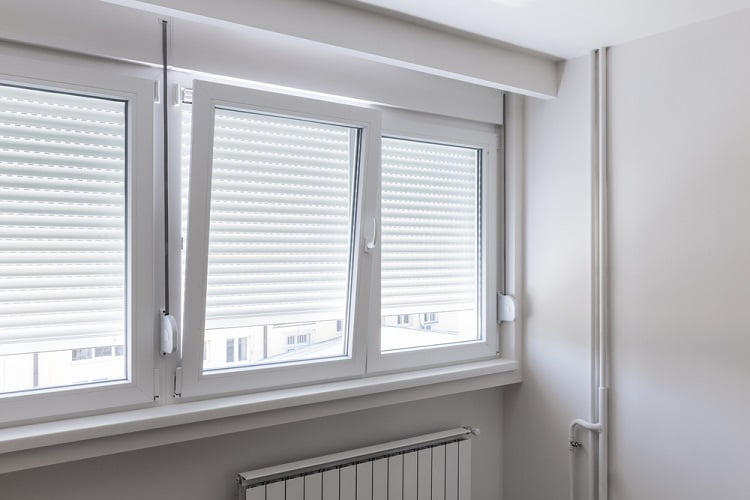Painting your home can be a transformative experience. It’s not just about changing the color of your walls; it’s about redefining spaces and revitalizing the ambiance. Whether you’re a seasoned DIY enthusiast or a beginner looking to add a personal touch to your abode, the right techniques can make a world of difference. Dive into these top home painting tips to ensure a smooth, professional-looking finish:
1. Choose Quality Over Savings:
While it might be tempting to opt for cheaper paints and tools, investing in high-quality products can make the painting process smoother and the results more durable. Quality paints cover better, last longer, and are easier to clean.
Table of Contents
2. Test Paint Colors:
Colors can look drastically different on a swatch compared to your wall. Before committing, purchase small quantities for testing. Paint patches on different walls to see how the color reacts to light throughout the day.
3. Prep the Surface:
A smooth, clean surface is crucial for a flawless finish for your Full Coverage Painting & Flooring project. Clean the walls to remove dust and grime. Fill any holes or cracks with spackle, and sand the surface lightly. A well-prepped wall ensures better paint adhesion and a more uniform appearance.
4. Use Painter’s Tape:
For sharp, clean lines, especially where walls meet trim or ceilings, use painter’s tape. Ensure the tape is firmly pressed to prevent bleeding. For best results, remove the tape while the paint is still slightly wet.
5. Start with a Primer:
Primers help in achieving a smooth base, covering imperfections, and ensuring vibrant color payoff. If you’re making a drastic color change, the primer is especially crucial to prevent the old color from peeking through.
6. Use the Right Brush:
Different brushes serve different purposes. For broader surfaces, rollers can cover more ground efficiently. Angled brushes work best for edges and fine details. Always choose brushes of good quality for a streak-free finish.
7. Painting Technique Matters:
When using a roller, paint in a ‘W’ pattern, filling in the gaps without lifting the roller. This technique helps in distributing the paint evenly. For brushes, always paint with long, even strokes.
8. Maintain a Wet Edge:
To avoid lap marks, always try to maintain a wet edge. Roll the full height of the wall, moving over slightly with each stroke, ensuring that the roller’s open side is facing the painted area.
9. Calculate Paint Quantity:
To prevent frequent trips to the store or wastage, calculate the amount of paint you’ll need beforehand. Generally, one gallon of paint covers around 350 square feet. Factoring in a second coat, you can estimate the required amount.
10. Keep Safety in Mind:
If your home was built before 1978, it might have lead-based paint. Disturbing this can release harmful lead dust. Always test for lead before starting. Additionally, ensure the room is well-ventilated, especially when using oil-based paints.
11. Clean As You Go:
Instead of waiting until the end, clean any spills or drips immediately. Wet paint is much easier to clean than dried paint. Moreover, cleaning brushes and rollers at the end of each day prevents them from becoming stiff and unusable.
12. Store Leftover Paint:
Once your painting project is complete, store any leftover paint in a cool, dry place. Marking the can with the room’s name and date can be handy for future touch-ups or color-matching.
Conclusion:
Painting your home is a blend of art and science. While creativity plays a role, understanding the techniques and nuances ensures the outcome is both beautiful and enduring. With these tips in hand, you’re well on your way to painting success, transforming spaces with confidence and flair. Happy painting!




